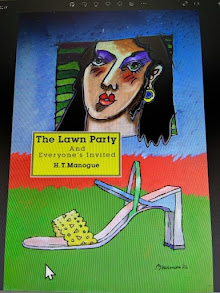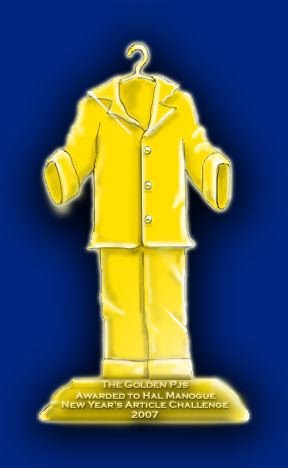In envisioning the way things are, there is no better place to begin than with modern science. Equally, there is no worse place to end. . . . Science dominates the modern mind. Through and through, from premise to conclusion, the contemporary mind is science ridden. Its sway is the stronger because we are unaware of its extent.
Huston Smith, the religious studies scholar, expressed those thoughts in his 1958 book, The World’s Religions. Our beliefs are the foundation for our experiences so even false beliefs seemed justified to the conscious mind. Science and religion are deeply rooted in our physical reality. Most of the knowledge we have about those two beliefs comes from influences, associations and conscious ideas. Ideas that materialize in the conscious mind are usually a mixture of the data we receive from the experiences we create for ourselves, and filtered material from the inner self.
The inner self automatically offers us new ideas, but we have a tendency to block that natural process using our existing beliefs. The inner self acts a catalyst for the conscious mind, but our existing beliefs take on a life of their own so we don’t listen to our inner voice. We become a dual entity, and our life’s purpose is immersed in a puddle of confusion. We betray the self and don’t realize it.
The nature of the inner self is fueled by spontaneity. The decisions it makes are valid, but when we refuse to allow it to function, the conscious mind becomes cluttered with external debris. Science and religion makes up some of that debris. The creative power to form our own experiences never leaves us, but we are taught that it does through science as well as religion. Science and religion are just tools we create to experience physical form. When we turn those tools into hard core facts, we betray the self. This behavior is passed from one generation to another until we change our ideas about our creative abilities, and the nature of the self.
We all choose the individual beliefs and patterns that create our personal reality. Within that reality are endless varieties of actions as well as unlimited resources. The conscious mind is so focused on our physical reality that it often perceives our physical phenomena as the cause rather than the result. That misconception puts the physical before the non-physical. The inner self reminds us in one way or another that this is not the case. But, some of our choices tend to create louder voices in order to fulfill our desire to expand in uncomfortable dualistic ways.










